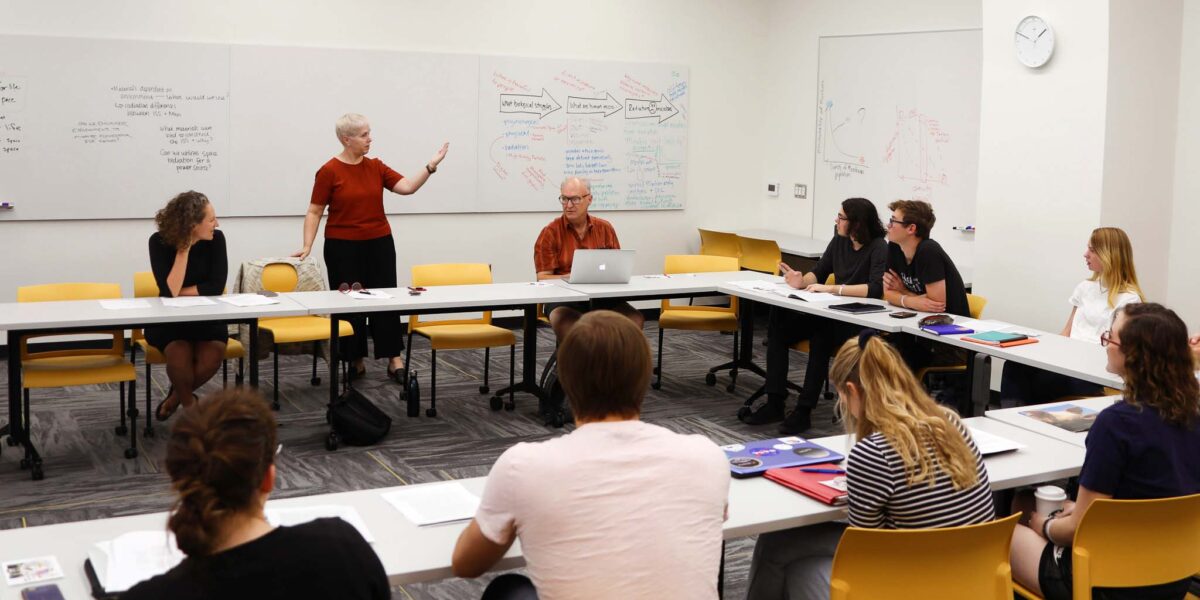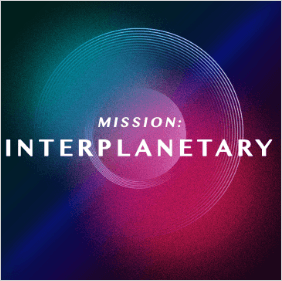Our attitude determination and control systems (ADCS), or pointing testbed, provides end-to-end ACS testing capability. It simulates the magnetic field and sun exposure of a satellite’s orbit. It also provides two degrees of near frictionless movement from an air-bearing table on which the test subject sits. With these three capabilities, a satellite can be run through an entire mission simulation for orienting, pointing, and critical component communication based on location.
Test page
of academic cubesats fail
of industry cubsats fail
A recent Space Command study finds that 55% of academic cubesats and 33% of industry cubesats fail. A major recommendation is more testing prior to launch. Our lab provides testing of all aspects of a spacecraft prior to launch including the industry standard vibration, thermal vacuum testing and radio testing to more specialized attitude determination and control testing.

TEST
TEST
TEST
TestT
TEST
Heading 1
Heading 1 – Long Headlines and Article Titles
Heading 2
Heading 3
Heading 4
Heading 5
hover none
hover magnify

test
Interplanetary Initiative & School of Earth and Space Exploration

test
Interplanetary Initiative & School of Earth and Space Exploration

test
Interplanetary Initiative & School of Earth and Space Exploration

test
Interplanetary Initiative & School of Earth and Space Exploration

test
Interplanetary Initiative & School of Earth and Space Exploration

test
Interplanetary Initiative & School of Earth and Space Exploration

Lorem Ipsum
Lorem ipsum dolor sit amet, consectetur adipiscing elit, sed do eiusmod tempor incididunt ut labore et dolore magna aliqua.

Card default title
Lorem ipsum dolor sit amet, consectetur adipiscing elit, sed do eiusmod tempor incididunt ut labore et dolore magna aliqua eiusmod tempo.
Cassie Bowman
Project collaborator
Associate Research Professor, School of Earth and Space Exploration, ASU
Linda Elkins-Tanton
Vice President
Lindy Elkins-Tanton is the vice president of the Interplanetary Initiative at ASU and Principal Investigator of the NASA Psyche mission. She received her doctorate from MIT in 2002.
Expertise Areas:
Planetary Sciences, Higher and Postsecondary Education





